Having left the dry dusty and showerless Central Kalahari Game Reserve behind, we were now resting in the small town of Maun, nestled in the southern reaches of Botswana’s Okavango Delta. The town is little more than a base for safari companies and a place to stock up on supplies.
After ten days in the Kalahari it was a relief to see water and green landscapes. While recharging our batteries at The Old Bridge Backpackers, we noticed that they arranged Okavango delta mokoro tours into the delta with Okavango Kopano Mokoro Community Trust (OKMCT).
*This article may contain affiliate links. We receive a small commission at no extra cost to you.*
Your can book these tours as full-day tour, half-day excursion, and multi-day adventure. For us, for a truly unique experience we prefer to embark in a multi-day excursion so we can add a nature walk, and a relaxing afternoon learning about the sights and sounds of the delta. But not everyone has the time so even if you only have time for a half-day outing, this experience on a traditional canoe will give you a different perspective of the delta.
Book your mokoro trip:
1-day mokoro Trip from Maun, including picnic lunch and a guided walk.
A 7-day luxury safari trip of Okavango Delta and Chobe National Park. This Trip with a Purpose includes game walks, mokoro trips, luxury safari lodges, and a helicopter flight over the Okavango.
During our trip, we learned that a mokoro is a traditional dugout canoe, generally carved from the trunk of a native sausage tree, and is the traditional method for getting around in the shallow wetlands of the Okavango. These days, the locals are replacing them with fiberglass models to help conserve trees. It sounded like a mokoro excursion was the perfect way to experience one of Africa’s largest wetland area: three days poling in the mokoro, camping under the stars, and searching for wildlife on foot. On top of that it was a chance to support local communities and help preserve this unique ecosystem during a mokoro tour.
The OKMCT was registered in 1997 to promote the sustainable use of natural resources through the direct participation of local communities in managing the environment, animals, and plant species. The community traditionally uses this part of the delta for reed cutting, fishing, and the harvesting of water lily bulbs. Mokoro trips are an integral part of these activities.
If you are in the area, don’t forget to go on a Okavango Delta scenic flight, to get the full experience of this natural wonder.
Our Okavango Delta Mokoro Tour
On the day our tour started, we set out early in the morning and drove toward the Okavango delta. We were eager to start our safari in the Okavango Delta. There, we transferred into a motorboat that took us one hour into the heart of the delta to the starting point of our mokoro trip. It was a busy beach full of local guides, mokoros, and tourists ready to enjoy the traquility and beauty of the Okavango. Some tourists were departing; others were arriving. An American with a white beard turned to me smiling, “It is so peaceful and amazing… I hope you brought some bug spray!”
And so we glided into the Okavango Delta. We moved slowly on the calm surface, gliding through reeds while tiny reed frogs jumped onto our legs and arms to catch a ride. We sat low in the floor of the mokoro, propped against molded plastic seats, while our experienced poler stood in the back and pushed us forward with a long pole through a secluded network of waterways. We passed through narrow canals and water lilies, past reeds, and watched tall palm trees slide by. A few hours later, it was late afternoon by then, we arrived at our camp, a small beach on a large forested island.
After lunch, our local guide told us we could take the traditional mokoro for a paddle by ourselves. Really? On our own? It was his only livelihood yet he trustingly allowed us to take it wherever we wanted. We happily, and somewhat nervously, hopped on and Hal took charge of the pole. Our mokoro ride took us to a nearby swimming hole by a remote island where we were told it was safe to swim (no crocodiles, no hippos, no lions).
We swam in the calm dark waters and enjoyed the peace and quiet, only broken by the occasional sightseeing plane doing lazy circles above our heads. Though the planes seemed invasive to me, I noticed that the wildlife took no notice. Soon the sound of motors faded away and only the buzz of dragonflies remained. Out of nowhere, a wave of mokoros appeared filled with tourists who, like us, craved seclusion. Having lost our paradise, we climbed out of the clear waters and sunned ourselves on one of the nearby fallen tree trunks surrounded by elephant poo.
Walking Safari in the Okavango
That evening, our guide took us on our first walking safari, lasting about three hours, around the island where we would camp. But first he sat us down and gave us explicit instructions on what to do in case of animal encounters.
“If a rhino charges at you, climb a tree. If an elephant charges at you, don’t climb a tree. Run. They would knock the tree down just to get at you. If you see a lion cub trying to walk between your legs, do not kick it. Its mother wouldn’t like that.” The guide looked at us with a serious face. He wasn’t joking.
After this enlightening advice, we set off on our first walking safari.
We walked through the island, one of the many palm islands in the Okavango Delta range, along lines of palm trees, past termite mounds taller than our heads, and stopped to watch a baby giraffe nurse. We found buffalo remains, antelope horns, and an elephant skull. The Kalahari sand in this area of Botswana is not red, but white.
We sat near a shallow pool and watched a group of white-faced whistling ducks squeaking like rubber bath toys. Zebras and wildebeest strolled by in large herds while red lechwe and impalas grazed and we watched quietly from a safe distance.
Large open-billed storks and tiny bee-eaters flew by. Southern Ground Hornbills pecked at an empty tortoise shell. Baboons held meetings on abandoned termite mounds. We continued our game walk as light was fading.
As we walked back to camp, we watched the red sun setting just for us.
We fell asleep in our sleeping bag listening to the sounds of the Okavango delta, a lone hyena whooped in the distance while nocturnal birds called.
The following day we took an early morning walk, followed by a mokoro outing through narrow channels to a hippo pool. In the evening we had a final hike around the island. Still no sign of that baby lion or its mother. To our disappointment, we didn’t see wild dogs either.
On day three our guide polled us back out of the wetlands to our starting point. It was a beautiful sunny day and the tiny frogs hopped onto our bare toes as we said our goodbyes to our paradise. Our mokoro experience is, still one of the best travel experiences I’ve ver had.
The tranquility of the Okavango is one of the safari experiences that must be experienced if you visit Botswana, wether you stay at one of the safari lodges, or visit on a group tour.
If you enjoyed our Don’t Kick a Lion Cub: A Mokoro Tour of the Okavango Delta tour review you may also like:

Cristina Garcia
Zoologist and wildlife photographer. She has worked in the field with jackals, wolves, cheetahs, & leopards. She serves on the Board of Directors of SEE Turtles, a non-profit sea turtle conservation organization.
Read her posts at Travel For Wildlife and see more of her work at Truly Wild, & Our Wild Yard.

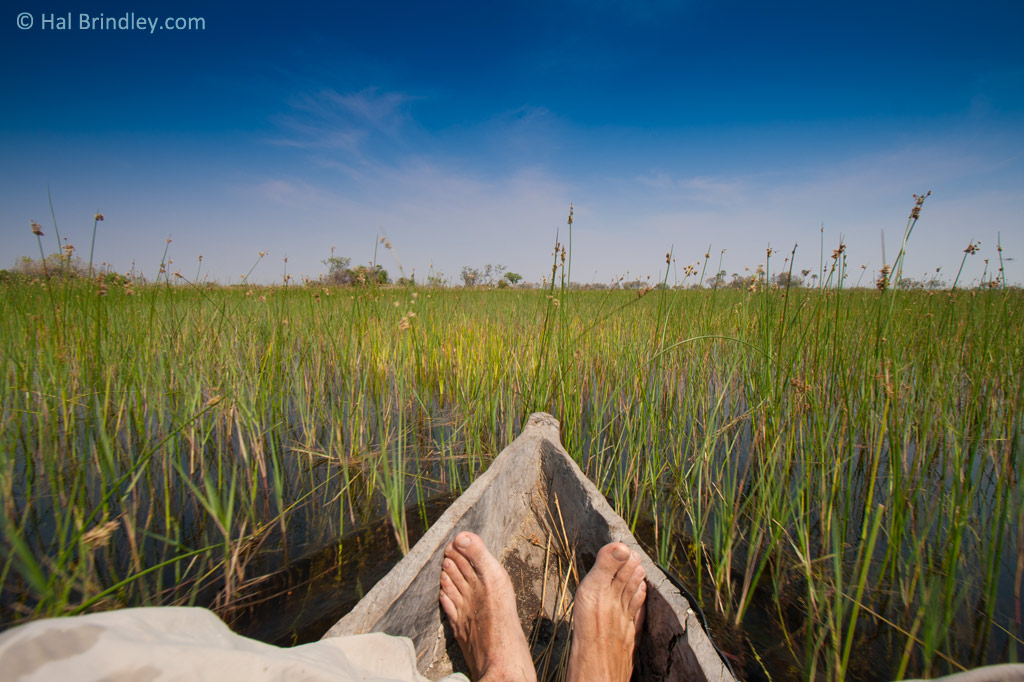
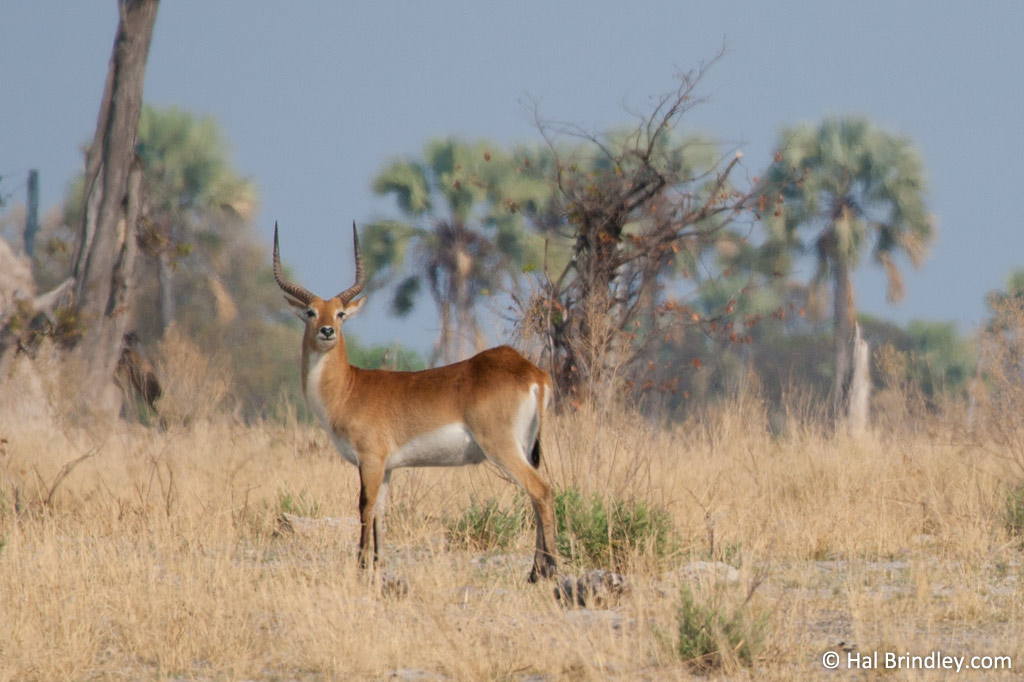
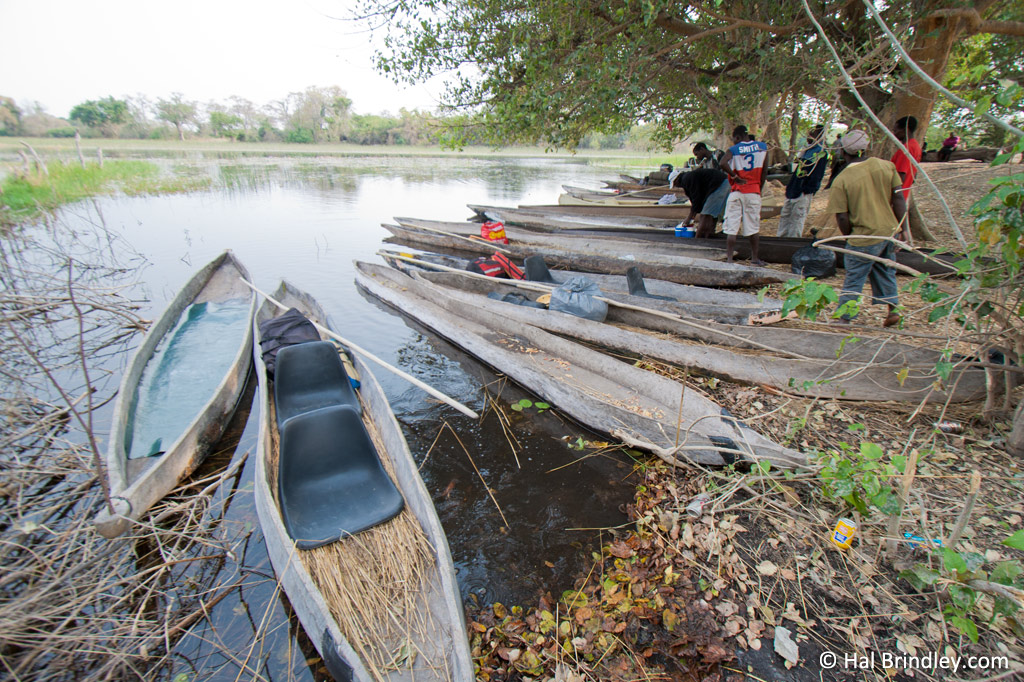
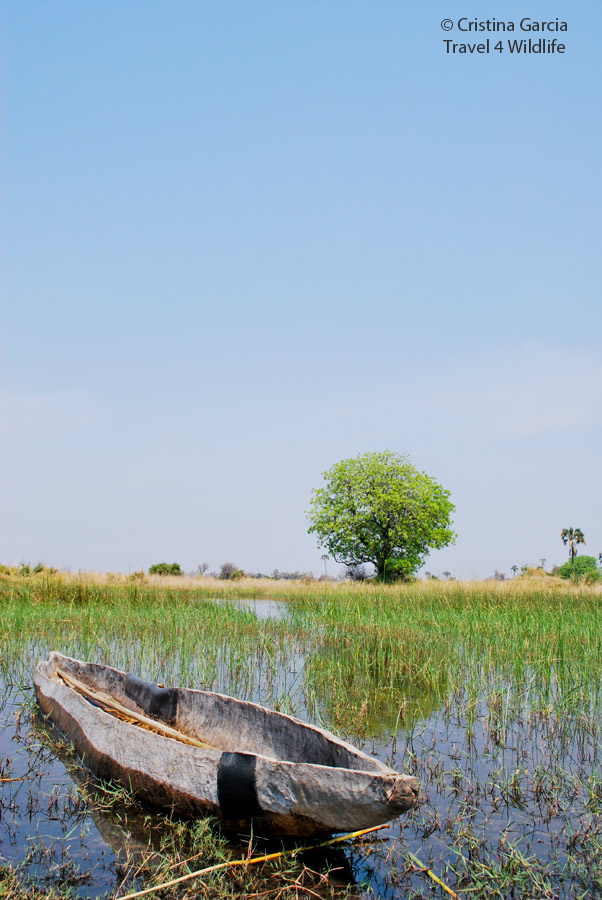
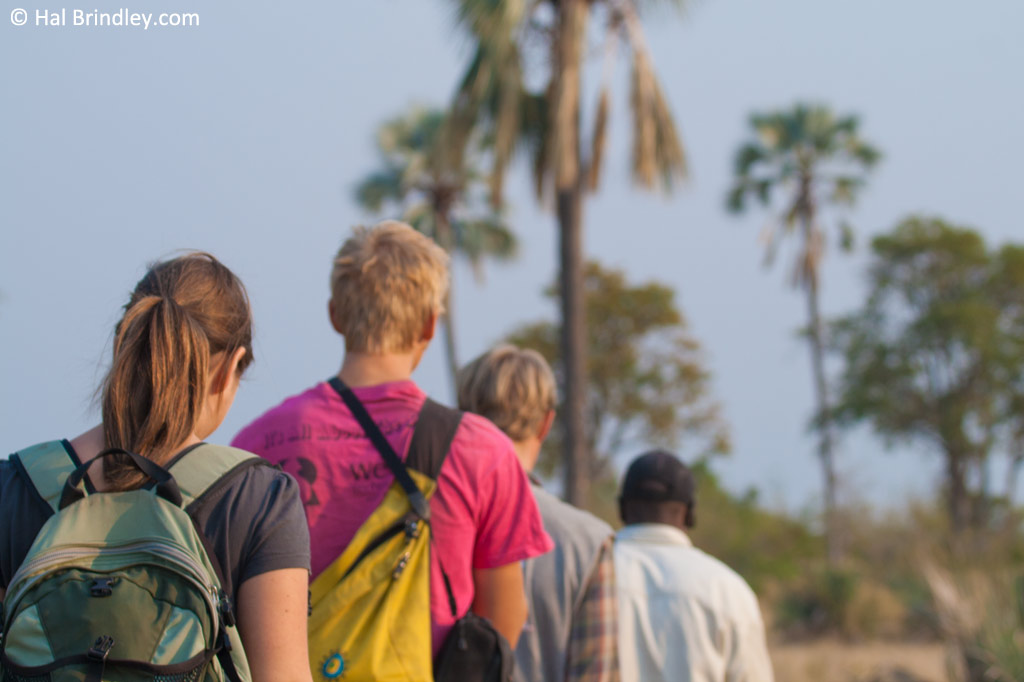
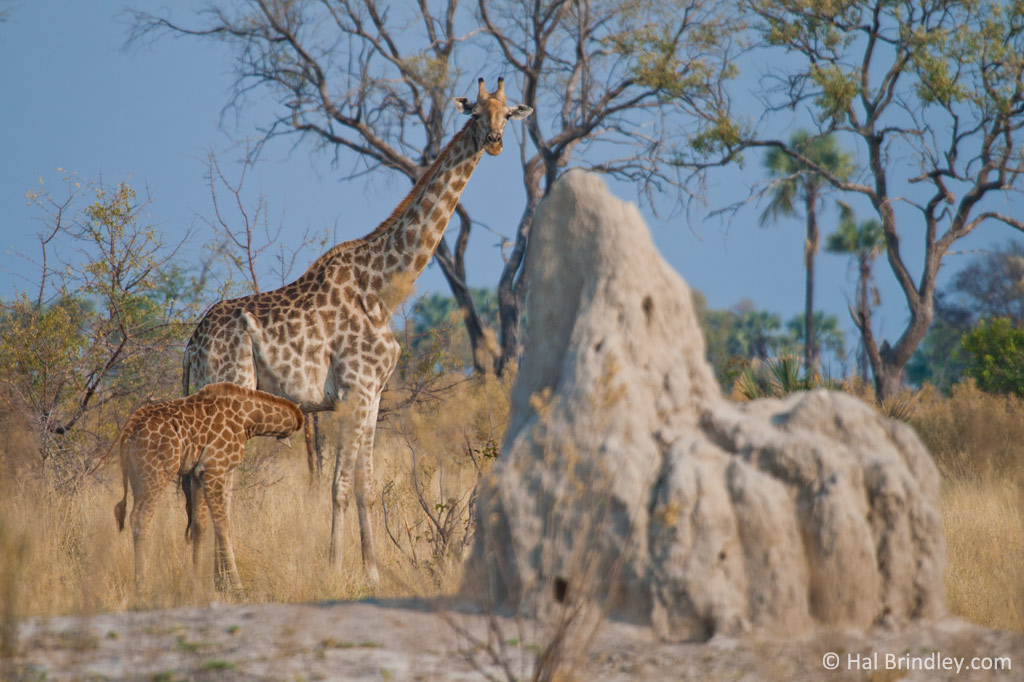
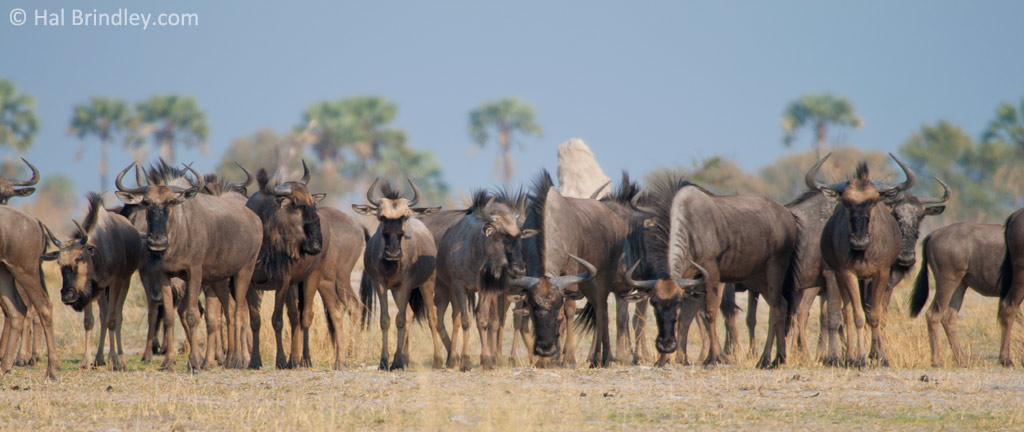
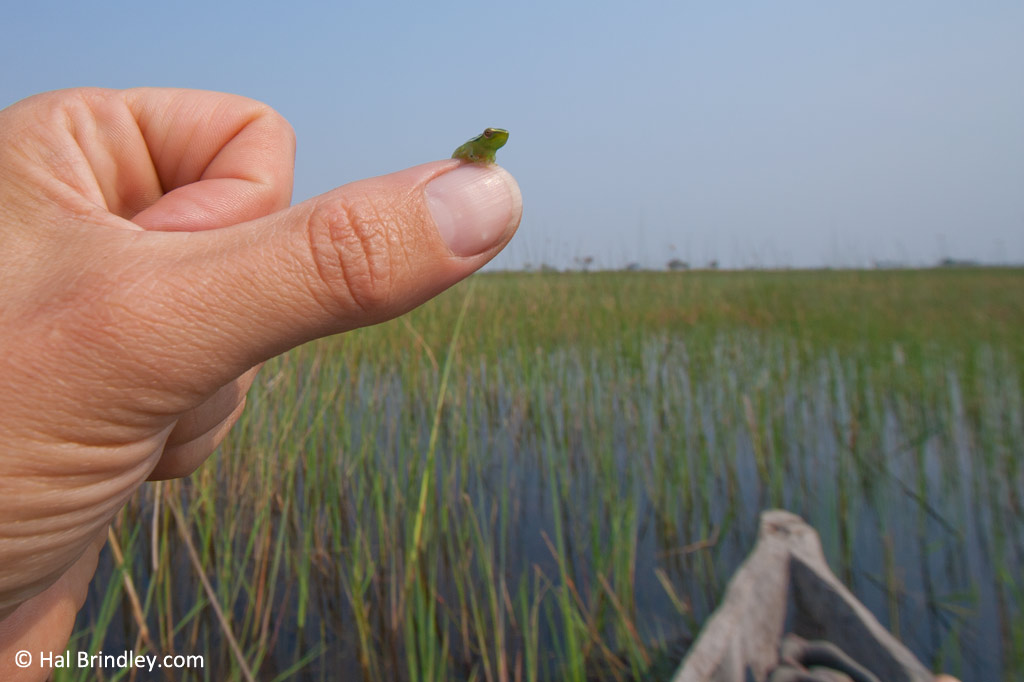
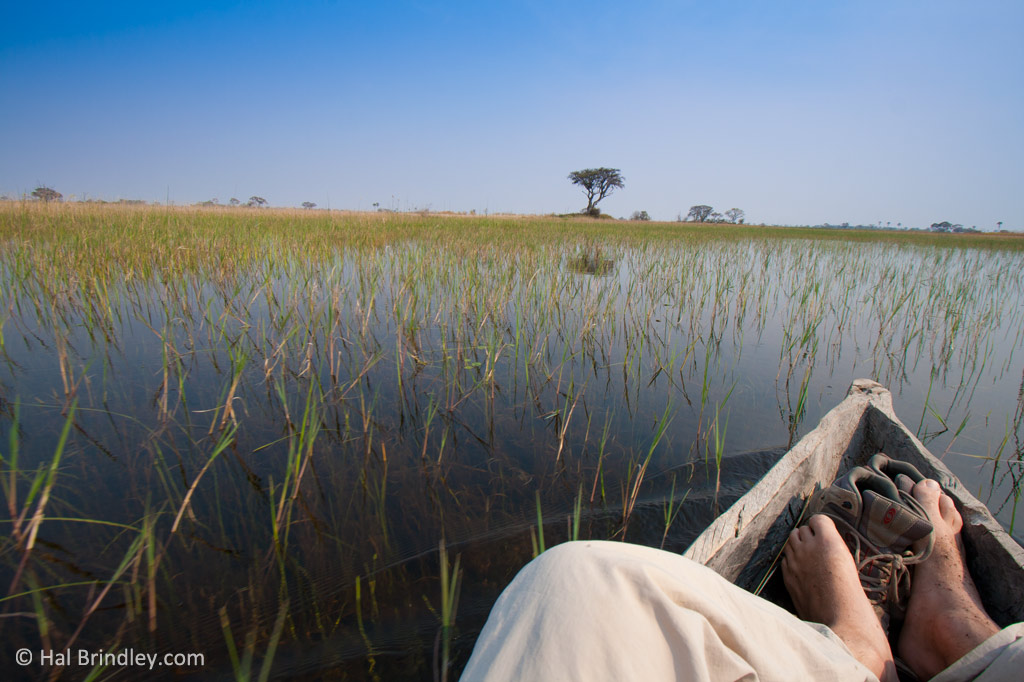
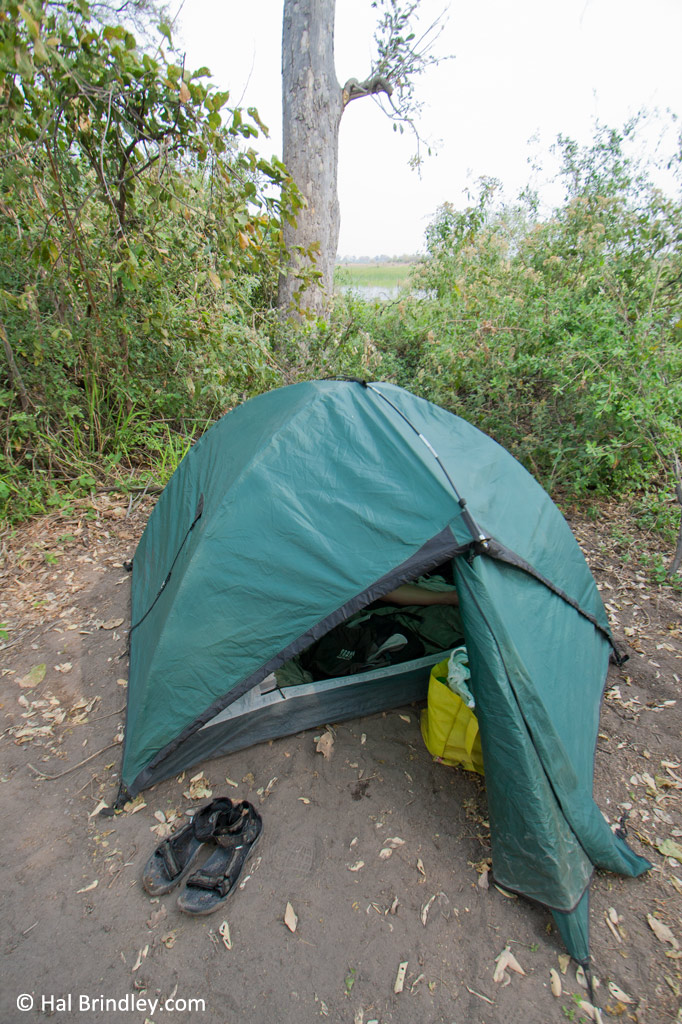
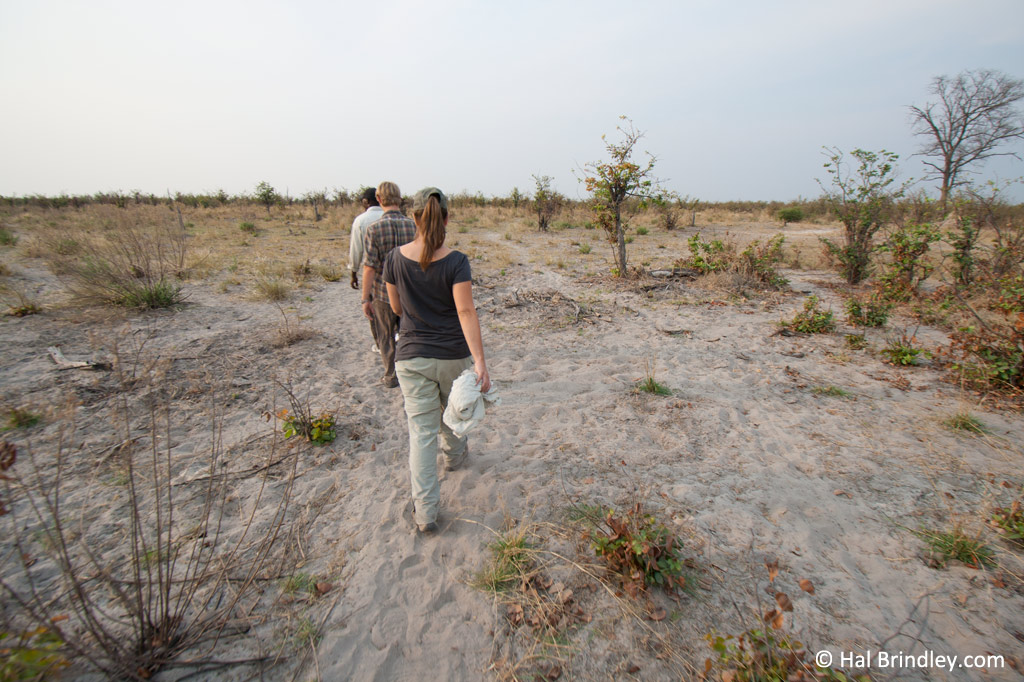
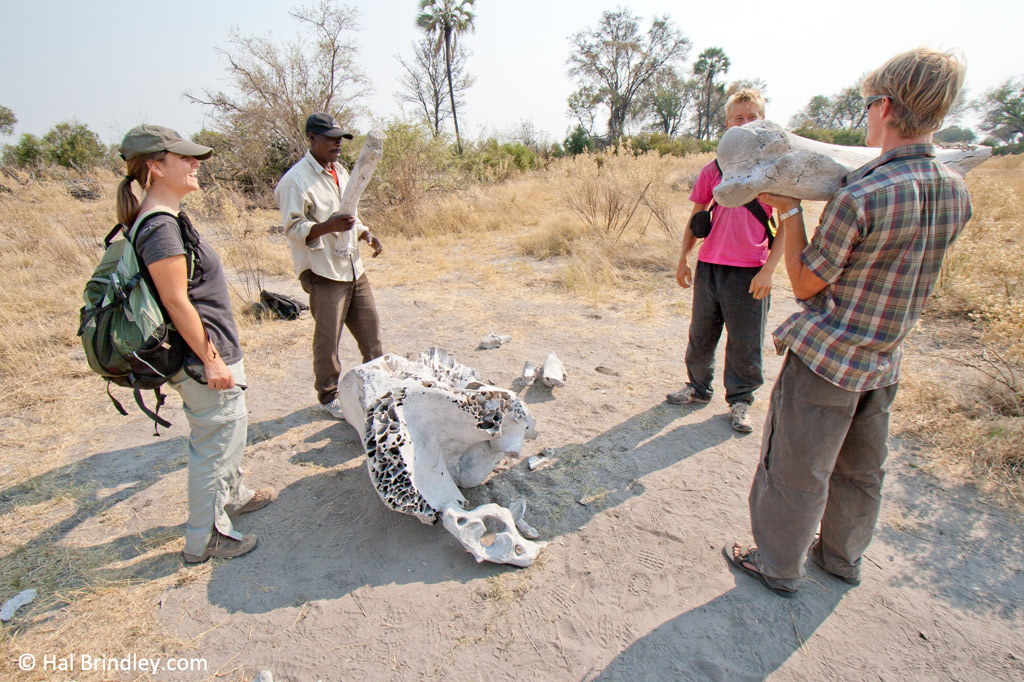
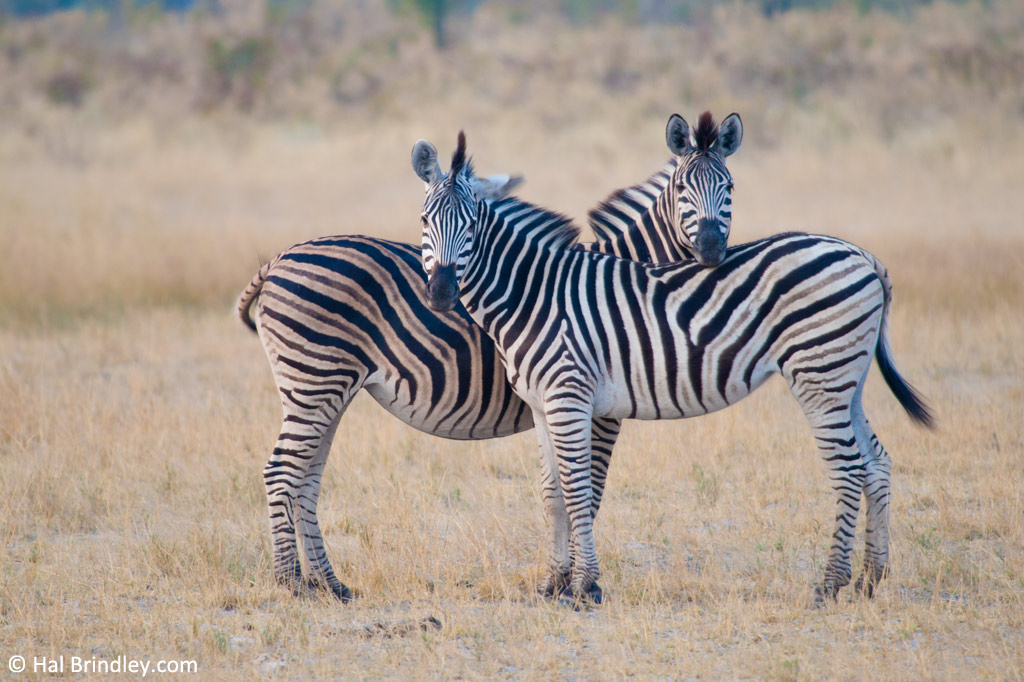
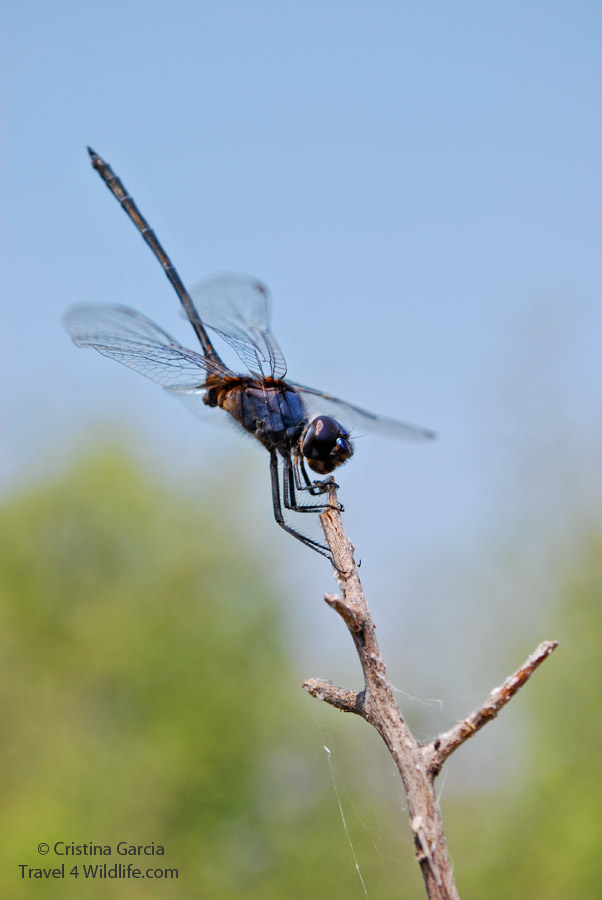
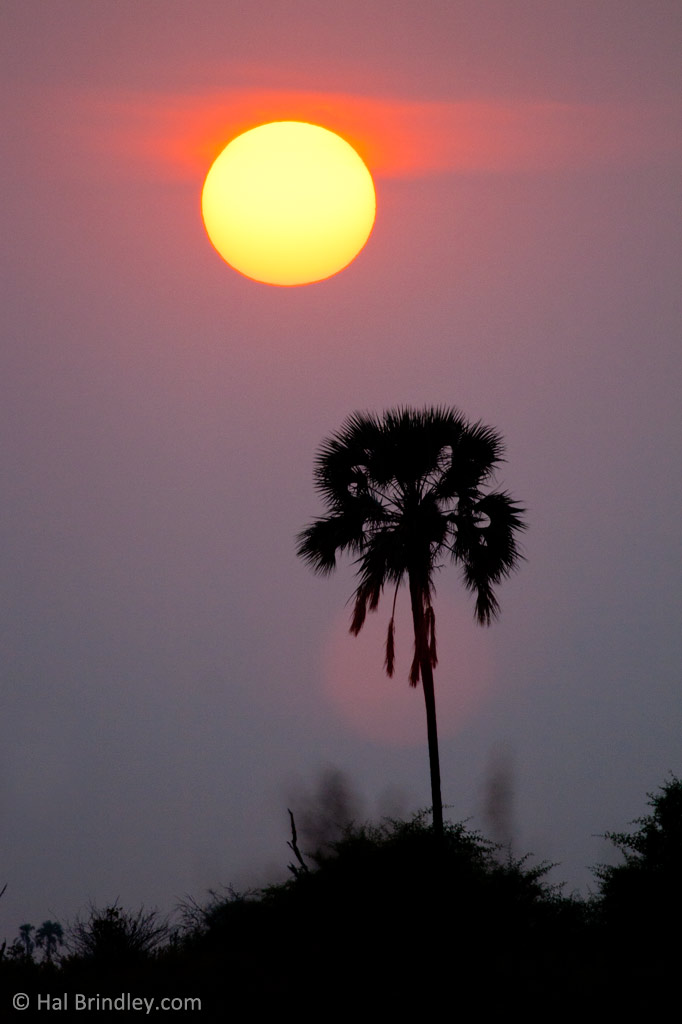
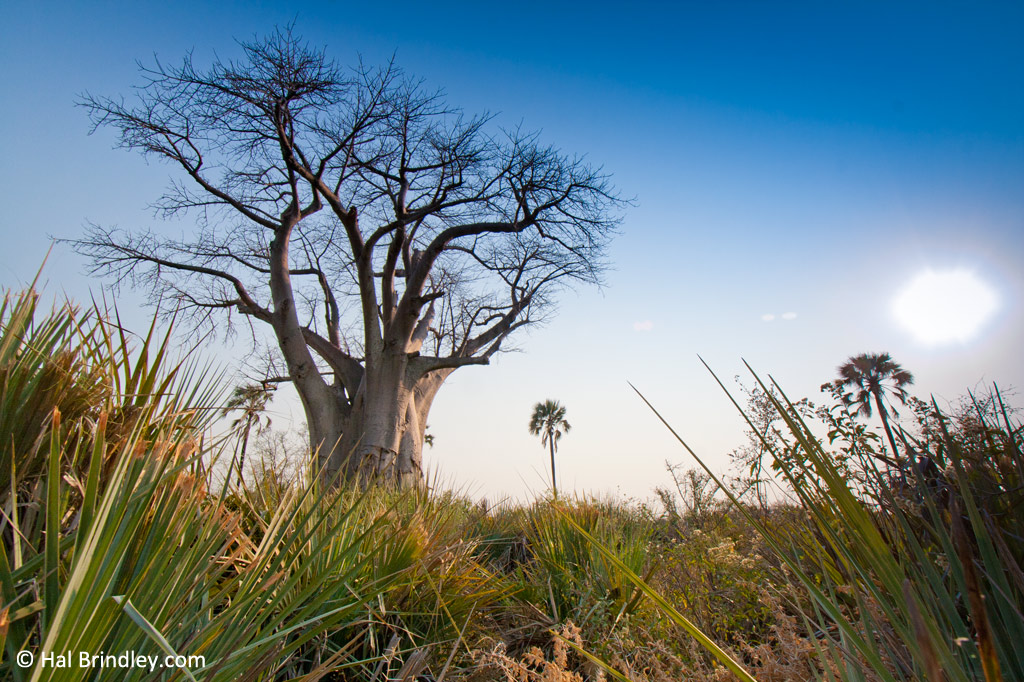

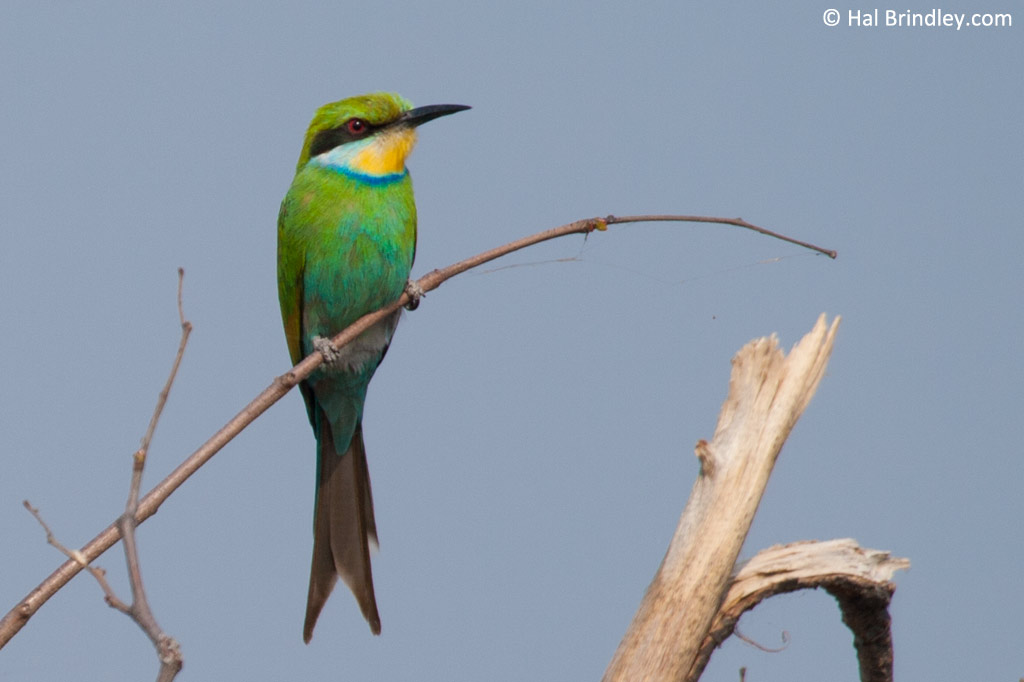
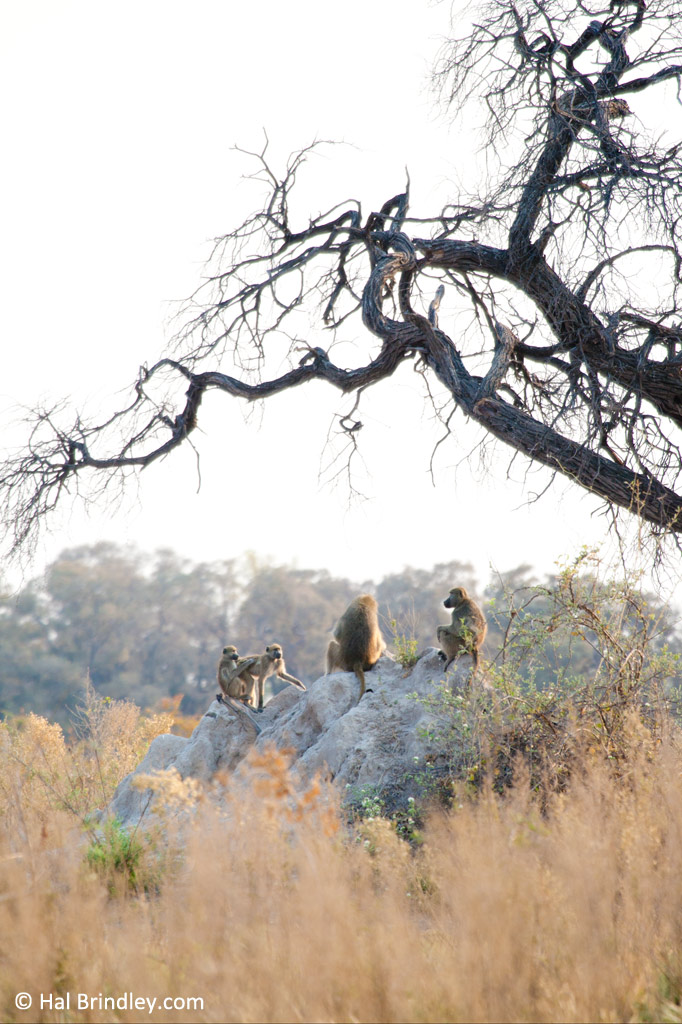
Andrew
Monday 23rd of June 2014
Sounds amazing! So how did you guys get to Maun? Did you fly in? And if so where from?
Cristina Garcia
Monday 23rd of June 2014
We drove! We bought a pick up truck in Cape Town and drove from there. We did a 7-month trip around Southern Africa so it made sense to buy one.
Linda McCormick
Thursday 14th of February 2013
Such a beautifully written piece, Cristina. It makes me want to visit there so much more. I hope you get to see your lion cub eventually, from a safe distance :)
Cristina Garcia
Friday 15th of February 2013
Thank you Linda! I am so glad you enjoyed it. We did get our lion cub sighting, but thankfully we weren't on foot.
Barbara Weibel
Monday 4th of February 2013
This dug-out canoe trip sounds like an amazing way to see this glorious wildlife!
Cristina Garcia
Monday 4th of February 2013
Absolutely amazing. I can't wait to go back to that part of the world.
Cristina Garcia
Friday 1st of February 2013
It is such an amazing part of the world. Loved every minute of it!
Talon
Friday 1st of February 2013
One would think not kicking a lion cub would be a no-brainer, but . . .
Cristina Garcia
Friday 1st of February 2013
I know Talon. The best part is that the guide wasn't kidding.